YugabyteDB CDC: Using JDBC Sink Connector with Kafka
In this blog, we’ll discover how to publish data to a Kafka topic and then read those messages to another sink, in this case a PostgreSQL database.
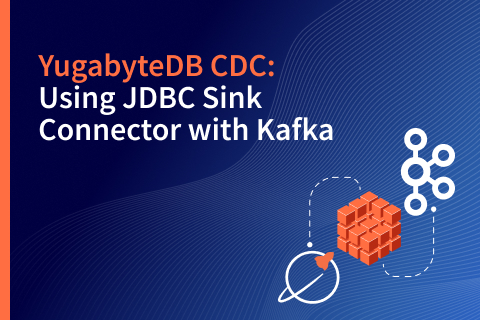
In this blog, we’ll discover how to publish data to a Kafka topic and then read those messages to another sink, in this case a PostgreSQL database.
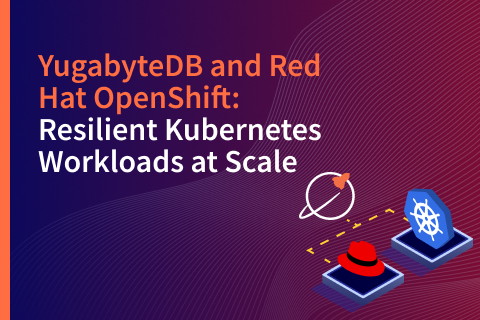
Kubernetes has become widely adopted in the Fortune 500. Many companies are now using the platform to run stateless and stateful applications on-premises or as hybrid cloud deployments in production. Of course, with any new technology, there are growing pains when running resilient Kubernetes workloads. But most executives and developers agree that the benefits far outweigh the challenges.
Data on the Kubernetes ecosystem is evolving rapidly with the rise of stateful applications. However,
…
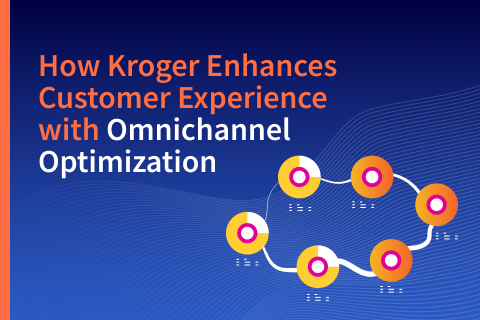
In this blog post, we’ll explore how Kroger is making the right digital transformation investments using a modern data layer to power a flexible growth engine for their business.
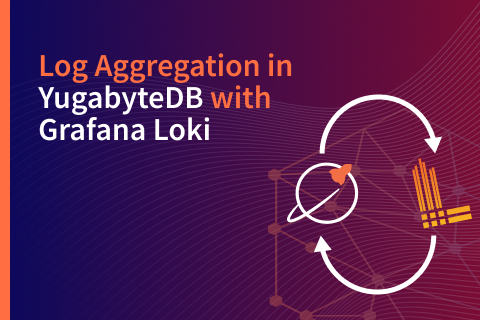
Log aggregation is an integral part of a distributed system. As the name suggests, a distributed system will have multiple processes across multiple machines, and each process will generate a lot of data. Looking at the data in silos is time-consuming and wouldn’t yield important information as the data sets still need to be correlated. But aggregating the logs is a huge productivity booster that helps to transform the raw log data into insightful information.
…
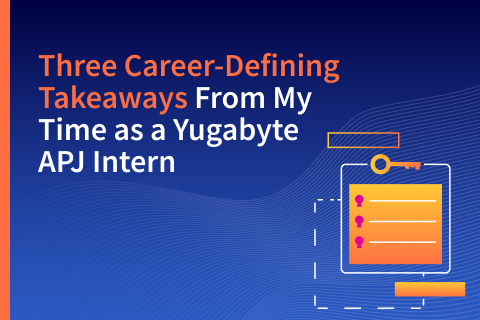
Hello everyone! It’s Lakshmi, from the sunny (and rainy!) shores of Singapore. I am now wrapping up my Yugabyte internship, and it feels bittersweet to be penning down my thoughts on this document prior to posting it. These four months have been eventful—from the sleepless countdown to DSS Asia 2022 to interacting with a warm team that pools their strengths together.
In this post— the final installment of the series—I want to outline three lessons I have learned from my time as a Yugabyte APJ intern.
…

In Part 1 and Part 2 of this blog series, we covered securing YugabyteDB through the database’s internal RPC and SQL protocols using the TLS encryption protocol. In this post, we explore how to secure communication between CQL clients and the CQL-compatible YCQL query interface of YugabyteDB, as part of the client-to-server encryption in transit setup.
Encryption in transit is a common requirement for client-to-server communication.
…
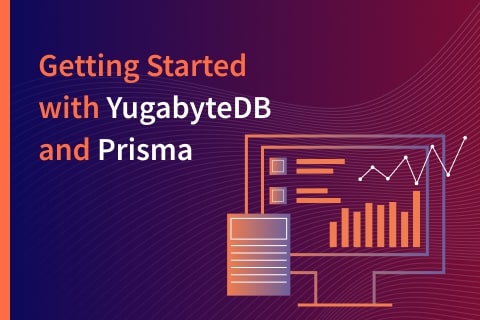
When building modern web applications, developers often find data modeling and data access to be productivity bottlenecks. Rather than moving towards a schema-less database solution, many find using an ORM (object-relational mapping) tool with SQL to be their preferred option. The Node.js community has long been supportive of the Sequelize ORM, with Prisma being a newer option for those looking to model, migrate, and query their data.
In this blog, we’ll get acquainted with Prisma and how it interfaces with Node.js and YugabyteDB.
…
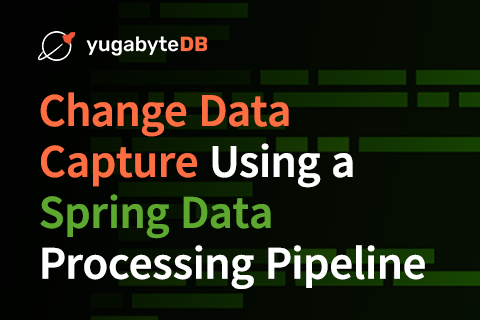
Change Data Capture (CDC) is a technique to capture changes in a source database system in real-time. The goal is to stream those changes as events through a data processing pipeline for further processing.
CDC enables many use cases, especially in modern microservices-based architecture that involves a lot of bounded services. It is the de-facto choice for use cases such as search indexes, in-memory data cache, real-time notifications, data sync between sources,
…
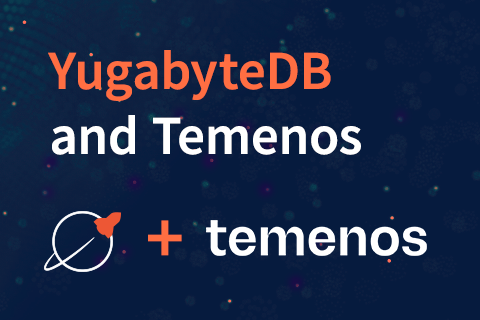
Temenos could not continue to rely on monolithic databases for manufacturing business operations. They needed a high-availability, scale-out transactional database, so they turned to YugabyteDB. They recently announced that the Temenos Banking Cloud is achieving 100,000 business transactions per second. Learn how that performance benchmark was achieved.
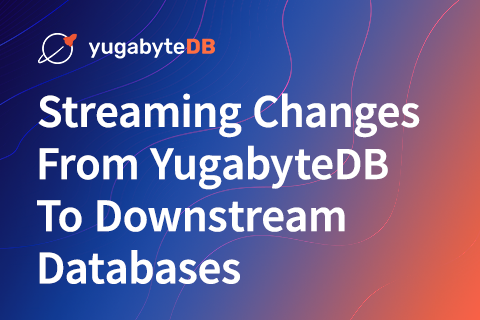
In this blog post, we will stream data to downstream databases leveraging YugabyteDB’s Change Data Capture (CDC) feature introduced in YugabyteDB 2.13. This will publish the changes to Kafka and then stream those changes to databases like MySQL, PostgreSQL, and Elasticsearch.